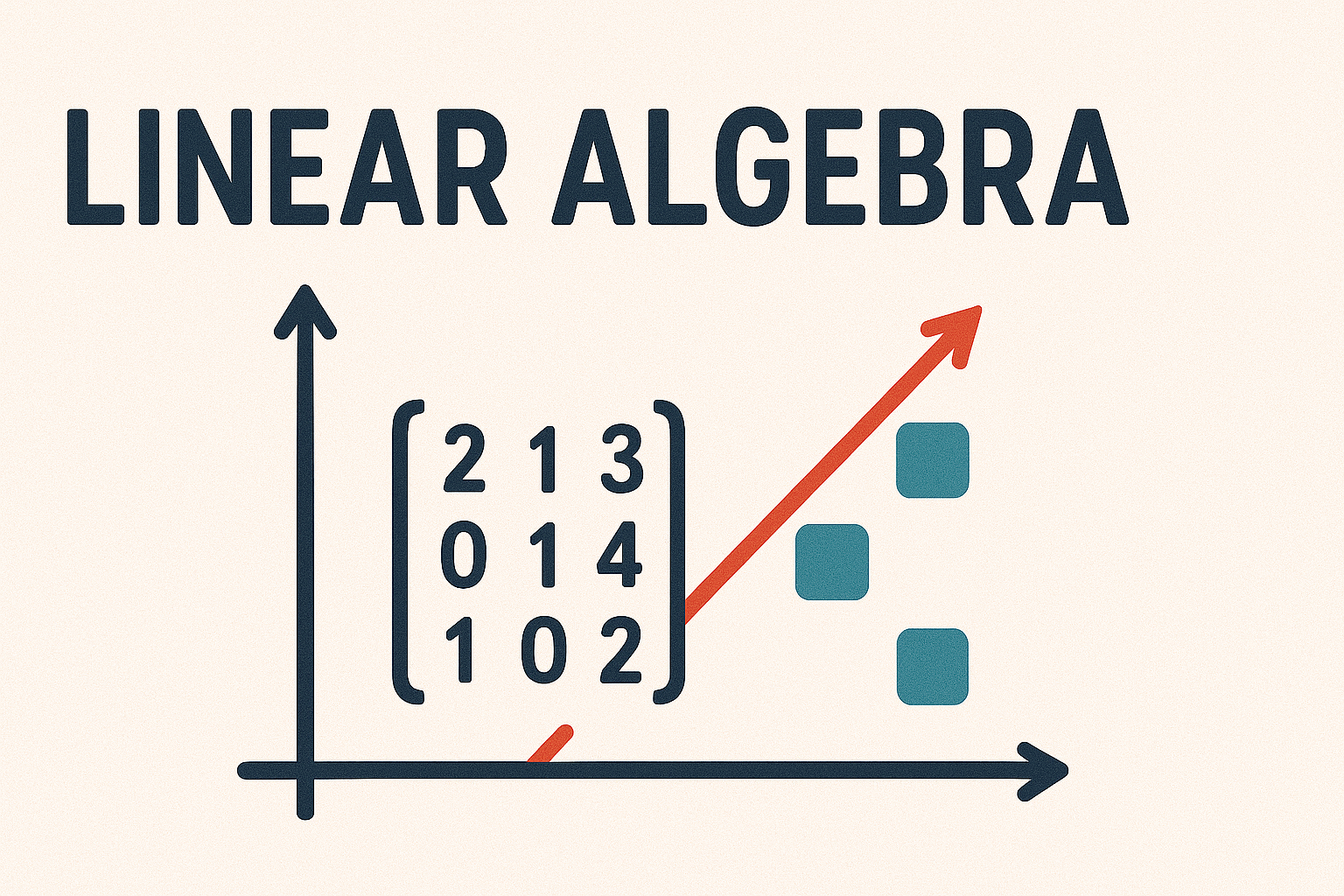Co-ordinate Geometry Exercise Solutions#
Solution to Exercise 4.1
(a) Using the vector equation of a line we have \(\mathbf{r} = \mathbf{a} + t\mathbf{d}_1\)
(b) Using the vector equation of a line we have \(\mathbf{r} = \mathbf{c} + t\mathbf{d}_2\)
(c) Calculate the normal vector to the plane
Using the point normal definition of a plane
(d) Calculate the normal vector to the plane
Using the point normal definition of a plane
Solution to Exercise 4.2
Solution to Exercise 4.3
Using the point normal definition of a plane
Solution to Exercise 4.4
\(\mathbf{n} = (3, -2, 1)\).
Let \(x=0\) then \(3(0) - 2 y + 2 = 10\) so \(y = -4\) and a point on the plane has co-ordinates \((0, -4, 2)\).
Let \(x = 2\) then \(3(2) - 2 y + 2 = 10\) so \(y = -1\) and a point on the plane has co-ordinates \((2, -1, 2)\).
Solution to Exercise 4.5
(a) Equating \(\ell_1\) and \(\ell_2\) and attempting to solve for \(t\)
From the second equation \(t_1 = -4\) which when substituted into the third equation gives \(t_2 = 18\). Substituting these into the first equation gives \(-7 = 37\) which is a contradiction so \(\ell_1\) and \(\ell_2\) do not intersect.
We also need to show that they are not parallel, i.e., there is no value \(k\) such that \(\mathbf{d}_1 = k \mathbf{d}_2\). The direction vectors for \(\ell_1\) and \(\ell_2\) are \(\mathbf{d}_1 = (2, -1, 3)\) and \(\mathbf{d}_2 = (2, 0, -1)\) so
which gives the system
The second equation is a contradiction so \(\ell_1\) and \(\ell_2\) are not parallel, and since they do not intersect then they must be skew.
(b) Using the shortest distance between a point and a line
(c) The direction vectors for lines \(\ell_1\) and \(\ell_2\) are \(\mathbf{d}_1 = (2, -1, 3)^\mathsf{T}\) and \(\mathbf{d}_2 = (2, -, -1)^\mathsf{T}\) respectively. Calculating a vector perpendicular to both \(\mathbf{d}_1\) and \(\mathbf{d}_2\)
and normalising gives
Using the distance between two lines
Solution to Exercise 4.6
First we need to find the position vector of a point, \(\mathbf{r}\) say, that lies on the plane. Let \(x=0\) and \(y=1\) then \(z=-1\) so we know that \(\mathbf{r} = (0, 1, -1)^\mathsf{T}\) lies on the plane. Using the point normal definition of a plane
So the line intersects with the plane at
Solution to Exercise 4.7
Using the geometric definition of a dot product
Since \(d\) is the length of the adjacent side of the right-angled triangle then
so
The equation of the plane is \(6 x-y-4 z=3\) so letting \(x=0\) and \(y=1\) then \(z = 1\) so we know that \(\mathbf{p} = (0, 1, -1)\) lies on the plane. Since \(\mathbf{q} = (2, 4, -3)^\mathsf{T}\) and \(\mathbf{n} = (6, -1, -4)^\mathsf{T}\) then applying the above formula gives
